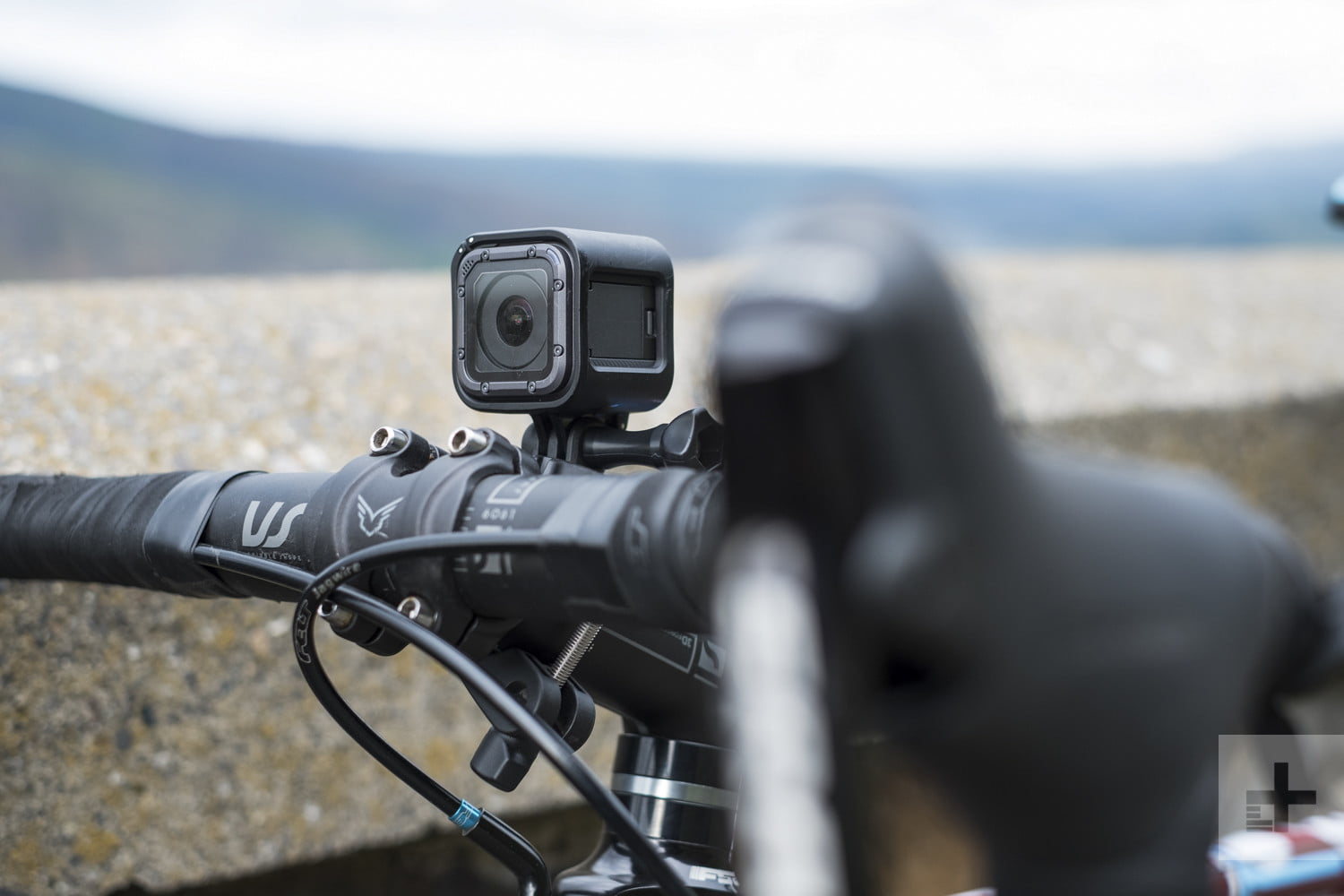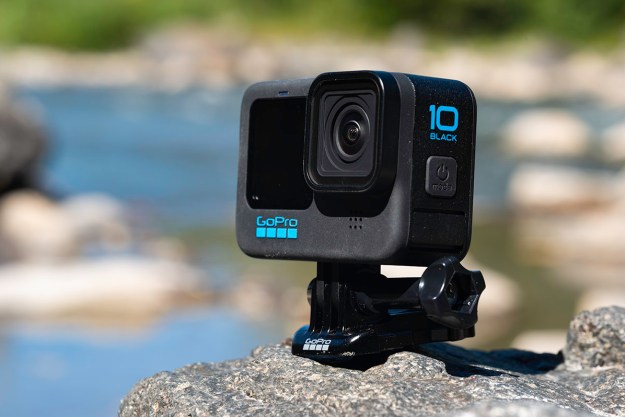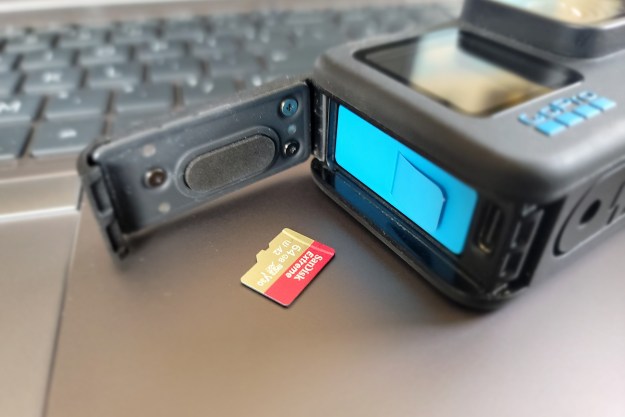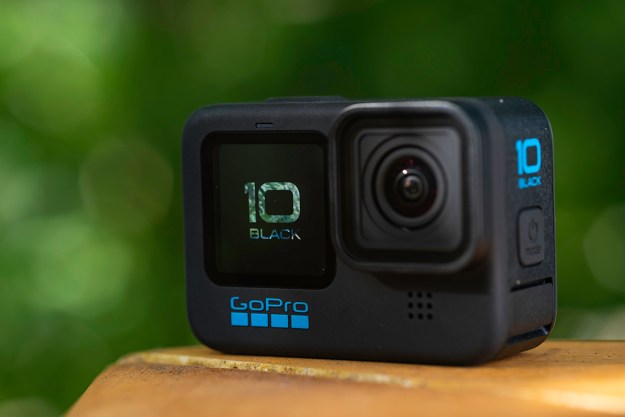
Sure, GoPros are known as action cameras — but what if the tiny cameras could work as a robot’s eyes or to supply visual data to a smart home? That’s the idea GoPro is exploring with an agreement with Jabil, a company that works in supply chain management for tech companies.
Announced on Thursday, March 22, the agreement is a global equipment license that spans several years. It allows Jabil to produce lens and sensor models that will allow GoPros — or GoPro-branded technology, anyway — to be added into third-party products.
While GoPro hasn’t shared exactly what that integration could look like, Sandor Barna, GoPro CTO, shared some possibilities. “This collaborative approach with Jabil will enable innovative, GoPro enabled products and services from some of the most exciting hardware and software companies out there,” Barna said. “Imagine a world where video conferencing, robotics, and even self-driving cars are powered by GoPro’s camera lenses and image sensors. Together, GoPro and Jabil can make this a reality.”
The agreement includes a range of GoPro products, including cameras as old as the Hero4 through the latest Hero6 camera. Integrating an existing camera — especially a budget option like the older Hero4, could potentially help third-party companies control the cost of integrating a camera into their products. As tech from smart homes to self-driving cars grows, cameras are being integrated into more devices.
The agreement could also help the action camera company, which announced a restructuring plan late in 2016. Since then, the company also grounded its drone, the Karma, and laid off staff. GoPro is slowly recovering now, however, with the Hero6 bringing it back to profitability — for the first time in two years.
You may not know Jabil, but it’s a company GoPro has worked with before. “This agreement is a natural extension of our long-standing relationship with GoPro and our commitment to developing innovative technologies,” Irv Stein, vice president of Jabil Optics, said. “Early market feedback indicates strong demand in the enterprise action camera segment for applications in smart homes, military, fire, police, rescue, and security.”
Jabil’s optics division offers optical design and engineering, along with manufacturing and supply chain management. The company says they work with brands to keep up with the fast pace of technology and innovation.
Editors' Recommendations
- The 15 best GoPro accessories in 2024
- Why I fell in love with action cameras in 2022, and what I think comes next
- GoPro Hero 10 Black vs DJI Action 2 vs. Insta360 One RS: Clash of the action cameras
- ReelSteady makes GoPro Player ‘reel’ useful for filmmakers
- GoPro keeps recording as parrot steals it from tourists and flies off




